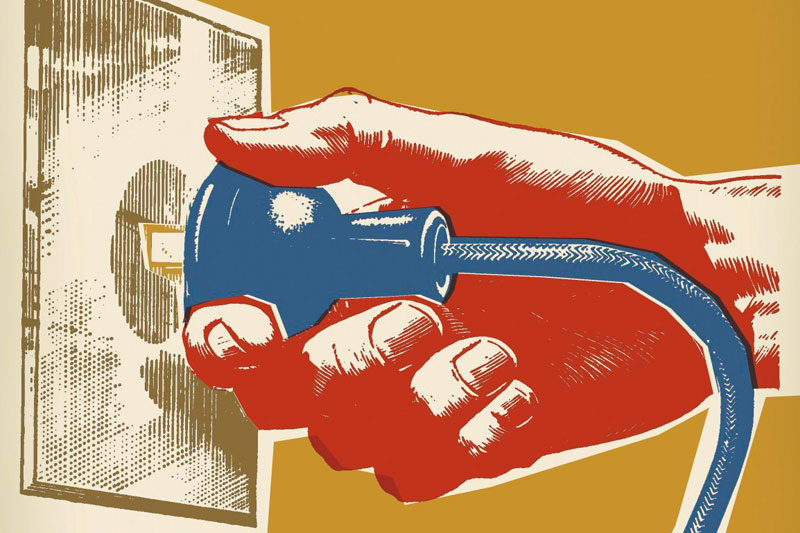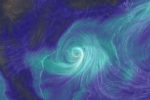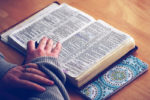Electricity is generally referred to the power or energy, which is basically the flow of electrical charge. Different kinds of electricity, such as static electricity, electrical current or even lightning, are described as electricity. The word electricity originated from the New Latin word “ēlectricus,” which literally means “like amber.” The term was coined by the Greek about 1600 years ago when they invented the procedure of producing static electricity by rubbing amber.

Electric charge
Electric charge is one of the most essential terms of electricity, which represents the property of subatomic particles. An electron is a subatomic particle which carries the negative charge while a proton is a subatomic particle which carries the positive charge. Other essential terms of electricity include electric current, electric field, electric potential, and electromagnetism.
Electrical power
When electricity is used as energy, it is called electrical power. The most common way to use electricity is with electrical circuits. Electrical circuits are a kind of hardware with transformers, switches, and resistors. One of the most common ways to produce electricity is with hydropower. In this process, water is used to spin turbines, which are attached to generators to produce electricity.
Types of electricity
The human body produces electricity as well. The heart beats or contracts because of it. The electricity we use for different appliances can be of two types, Direct Current or DC and Alternating Current or AC. The electrons in DC current flow in a single direction while the electrons in AC current change direction based on the frequency they run on. For a 60Hz AC current, the electron changes direction 60 times a second. The electricity produced by an electric plant, which we use in our home, is the AC and the electricity from a battery is DC.
Static electricity
There are different ways to produce electricity. A spark of static electricity is measured up to 3 thousand volts while the lightning bolt is measured up to 3 million volts, but then it remains less than a second.
How electricity reaches your home?
It is fascinating to know how the electricity is produced and connected through power lines and finally reaching your home. Electricity is produced extensively by massive generators which may run on coal, sometimes on natural gas, and maybe by water or wind. These generators produce electricity, and then the current is moved through the transformers to increase the voltage of the electricity and to push the electricity over long distances. These electrical lines are then stretched all across the country by transmission lines that carry electric charge through high voltage. The voltage is then lowered on a substation so it can be used safely in homes by smaller power lines and wires. In your neighborhood, the electricity passes through distribution lines and several transformers to reduce the voltage, which is then fed to your home. And that is how electricity is produced and delivered to homes.
More Fun Facts About Electricity
- Ever wondered why birds that sit on power lines don’t get electrocuted? If a bird sits on only one power line, it’s safe. If the bird touches any part of its body to another line, it creates a circuit, causing electrocution.
- There is a pedal-powered cinema in which one person on a cycle can generate enough power to show a film to an audience of hundreds. It is used in schools in Africa where they do not have electricity.
- Australia’s first recorded use of electricity was to light Sydney’s General Post Office in 1878.
- The electric eel (a type of knifefish) can deliver a shock of up to 600 volts, for hunting or self-defense.
- Flames conduct electricity
- Benjamin Harrison, the 23rd president of the US, was the first president to have electricity in the White House but he never touched any light switches because he was too scared of getting electrocuted.
- Daylight Savings doesn’t actually save electricity. It still exists because it helps the economy.
- Google accounts for roughly 0.013% of the world’s energy use. It uses enough energy to power 200,000 homes continuously
- Electricity was introduced to Ethiopia in 1896 after Emperor Menelik II ordered two newly invented electric chairs as a form of humane capital punishment and realized they were useless in his country without electricity.


